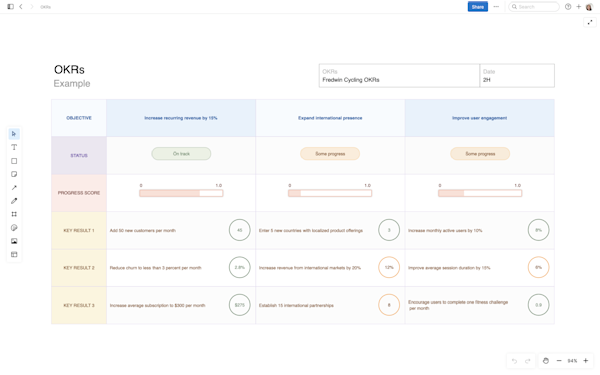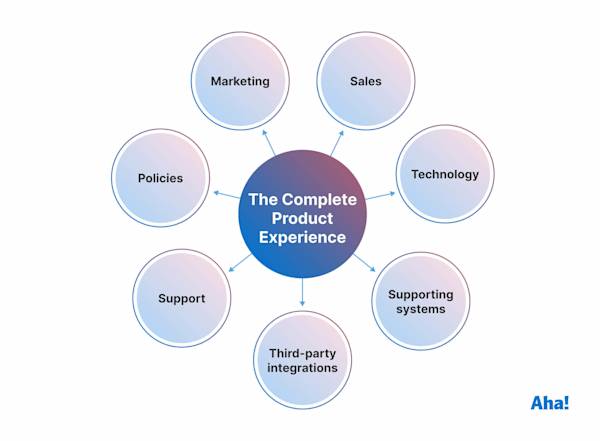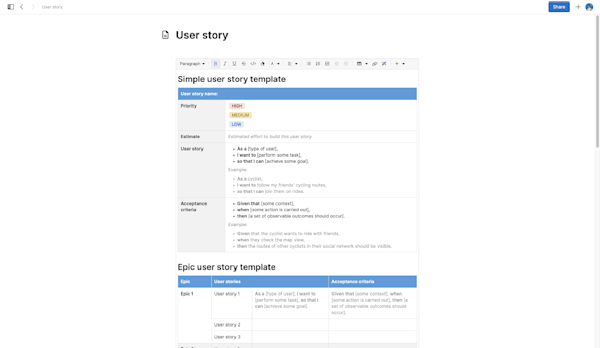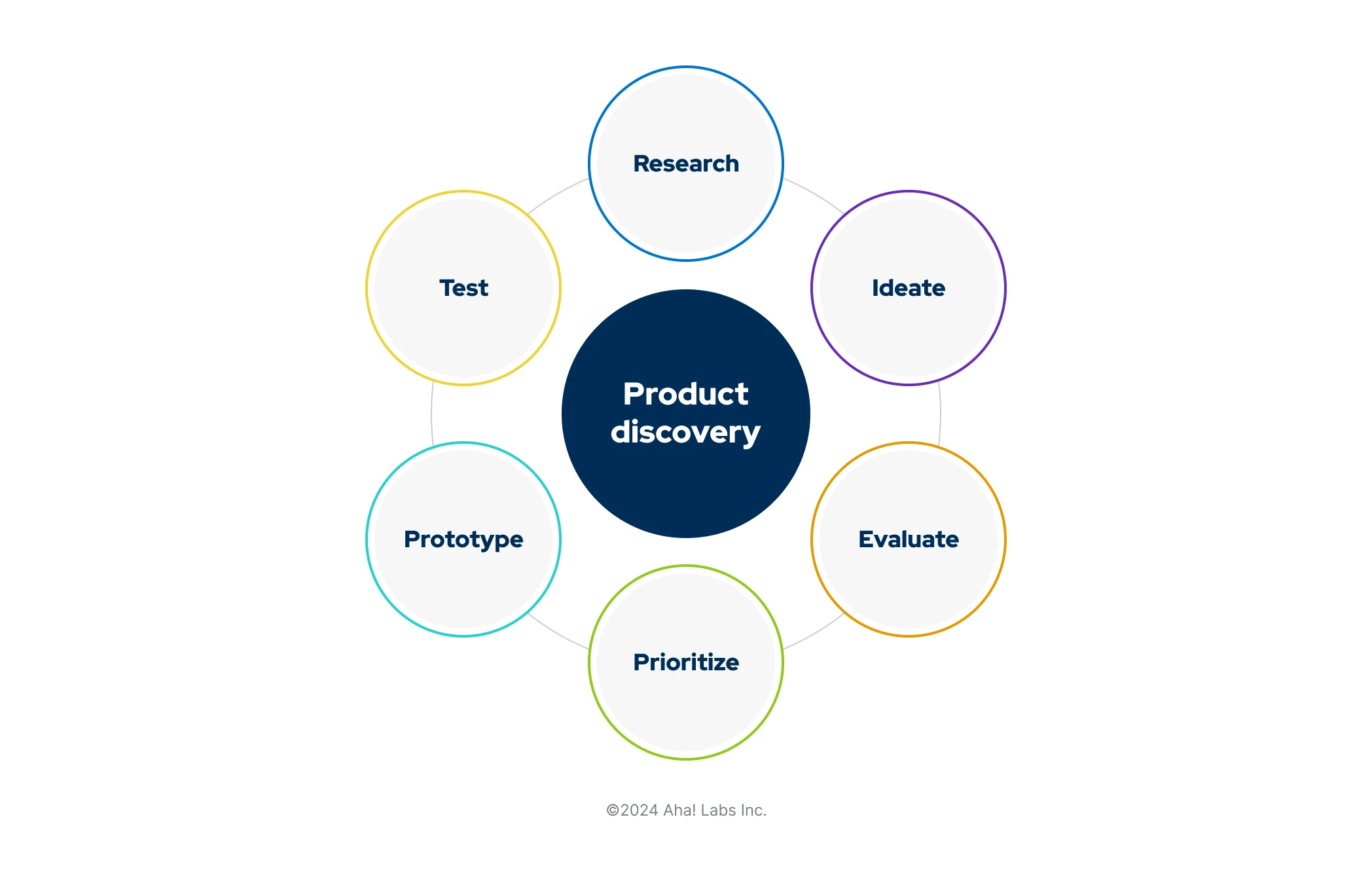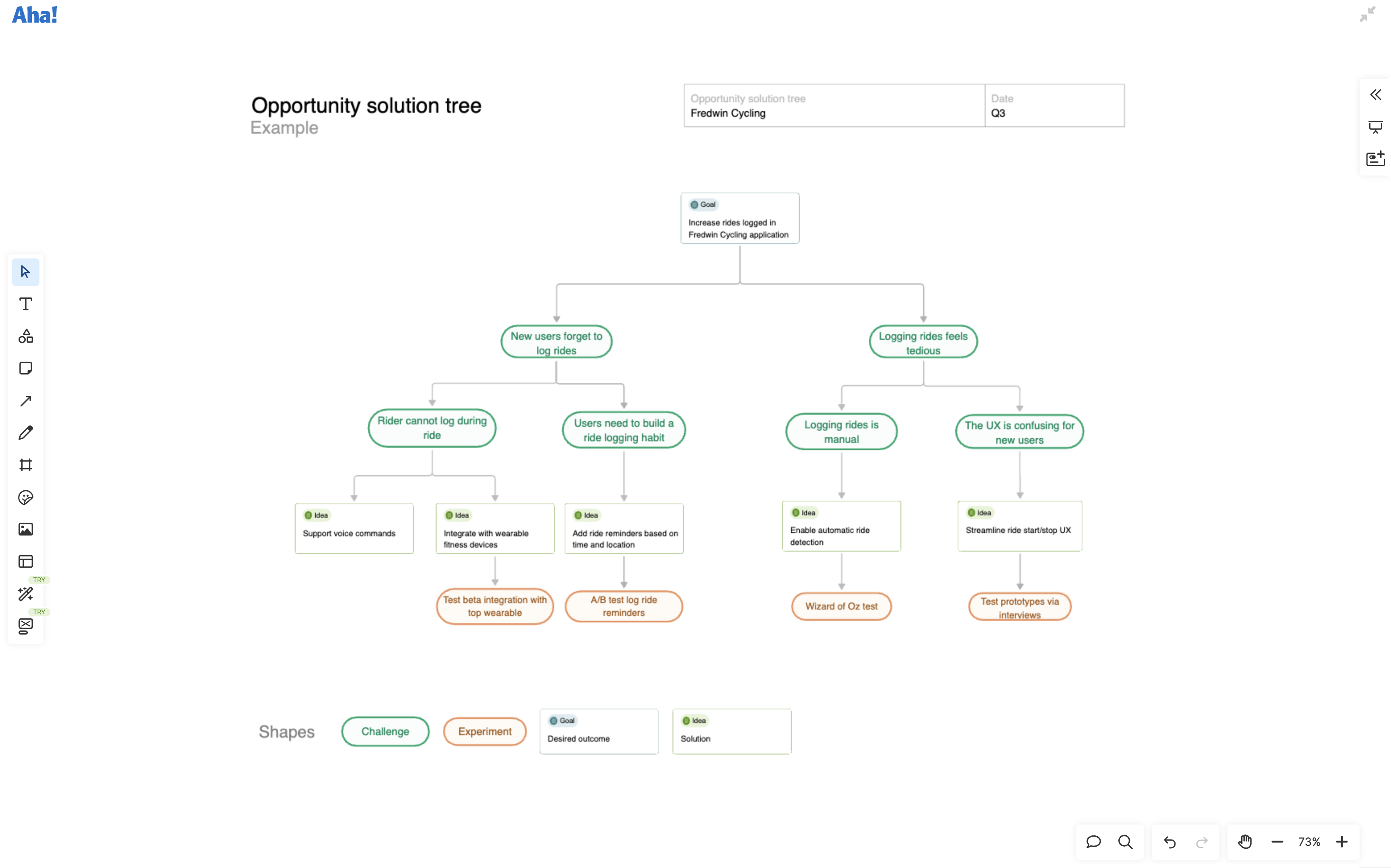The ability to grasp exactly who your customers are and what they want has never been more essential. As the software industry leverages AI to produce more code faster (and cheaper) than before, the time and resources needed to create new product functionality shrink. With a glut of software available on the market, the companies that succeed will be the ones that invest in understanding what customers need. This means establishing a product discovery strategy and process that empowers the team to gain insights from end users — then implementing the best ones quickly.
A strong discovery process adds clarity and structure to product development. It helps you move past initial assumptions, validate customer problems with data, and ensure solutions provide real value. This holistic understanding of customer needs is vital for maximizing the impact of your product work.
Product discovery helps teams:
Empathize: Adopt a customer-centric mindset toward product development
Innovate: Generate new ideas for more lovable products
Prioritize: Focus on features that create the most customer happiness
Reduce risk: Make sure the product delivers value, is easy to use, is realistic to build, and aligns with business goals
By investing in product discovery, your team lays the foundation for building products that truly resonate with customers, driving long-term success throughout the entire product lifecycle.
Related:
Top
Common challenges in the product discovery process
Product discovery is some of the most essential and dynamic work in product development. Excelling at it requires skill, commitment, and a drive to build the best offering possible. It can also be incredibly challenging for product teams to do well, for several reasons:
Challenge | Consequences |
It is unclear who to involve. | Repeat conversations: You end up speaking to the same group of dependable customers again and again. Missed opportunities: You do not engage with other relevant customer segments. Wasted time: You try (and fail) to reach customers who are not interested in participating.
|
Coordinating conversations is manual and time-consuming. | Slowed momentum: You lack an efficient system for coordinating discussions between teams and customers. Overwhelming logistics: You spend more time setting up conversations with customers than gaining insights from them.
|
There is no central place to store all interviews. | |
The team lacks experience structuring customer research and scripts. | Shallow conversations: Interviewers are uncomfortable asking open-ended questions or receiving hard feedback. Stalled interviews: Customers do not share enough in-depth information for you to uncover the "why" behind their decisions.
|
There is no structure for deriving insights and connecting them to product decisions. | Insights evaporate: You are not able to capture notes, notice patterns across multiple interviews, or turn them into actionable insights. Customer experience suffers: User feedback sits in a vacuum — it does not influence product decisions or lead to incremental product improvements.
|
Great product teams establish a structure for discovery efforts. This means having a central repository for customer research and interview transcripts as well as a clear process for transforming insights into actual work.
Using tools like Aha! Discovery and Aha! Roadmaps together makes it easy to link your research to the strategic planning process. You can tie customer interviews directly to existing work, like initiatives, releases, epics, and features — helping you refine and improve your offering throughout the product lifecycle.
Top
When other approaches work better than discovery
Customer interviews are a powerful tool, but they are not always the right first step. In some cases, market research and competitive analysis provide more immediate value — especially when validating broad assumptions or exploring a new space.
For example, if you are refining an early-stage concept, gathering data on market trends and existing solutions can offer the context you need before speaking with customers. Or if you are optimizing an existing feature, A/B testing or usage analytics might offer clearer insights than formal interviews. The key is knowing when direct customer input is essential and when other methods will get you further, faster.
Related:
Top
Steps in the product discovery process
